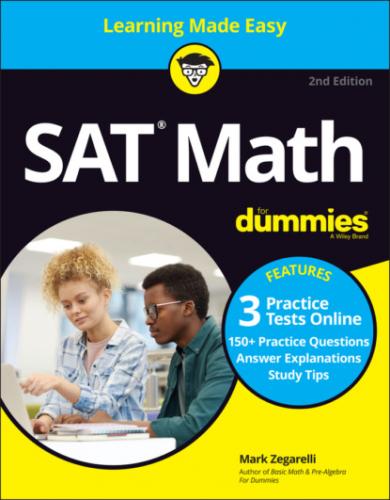|
|
|
|
|
When a pair of fractions have different denominators, you need to get the denominators the same — that is, find a common denominator for both fractions. In some cases, you can do this by increasing the lesser denominator to the greater one. For example:
|
|
|
In other cases, you need to increase the denominators of both fractions. For example:
|
|
|
Multiplying and dividing fractions
Multiplying and dividing fractions is often easier than adding or subtracting them, because you don’t need to find a common denominator.
To multiply two or more fractions, first multiply the numerators across to find the numerator of the answer, then multiply the denominators across to find the denominator of the answer. For example:
|
|
|
|
In some cases, you can make multiplying fractions easier by canceling pairs of equivalent factors in the numerator and denominator. For example, when multiplying
Next, cancel a factor of 5:
Now when you multiply, the result is already the most simplified form of the answer:
To divide one fraction by another, change the division to multiplication using the mnemonic Keep-Change-Flip: Keep the first fraction as it is, Change the division sign to a multiplication sign, and Flip the second fraction to its reciprocal. For example:
|
|
|
|
As when multiplying fractions, you can sometimes make dividing fractions easier by canceling common factors in both the numerator and denominator. Be careful to cancel factors after changing the division to multiplication. For example, when dividing
Now, cancel a common factor of 2 in both the numerator and denominator:
To complete the problem, multiply:
Connecting fractions and ratios
Once you understand how fractions work, you can easily grasp the related concept of a ratio, which is a measurement of the relative sizes of two numbers. For example, if you know that a pet store has a
Transforming a ratio to its related fraction in this way is often a good first step when answering SAT questions that involve ratios.
I discuss ratios, plus the related concept of proportional equations, in Chapter 7.
Review of decimals and percentages
Like fractions and ratios, decimals and percentages are two common ways to represent rational numbers that aren’t integers. On the SAT, you’ll probably need to convert decimals to percentages, and vice versa. In this section, I review this relatively simple process.
Converting decimals to percentages
To change a decimal to a percentage, move the decimal point two places to the right and attach a percent sign. For example:
|
|
|
|
As you can see from the last example, after changing a decimal to a percentage, you can safely drop unnecessary leading zeros.
In some cases, you may need to include one or more place-holding zeros in the percentage that you create. For example:
|
|
|
|
